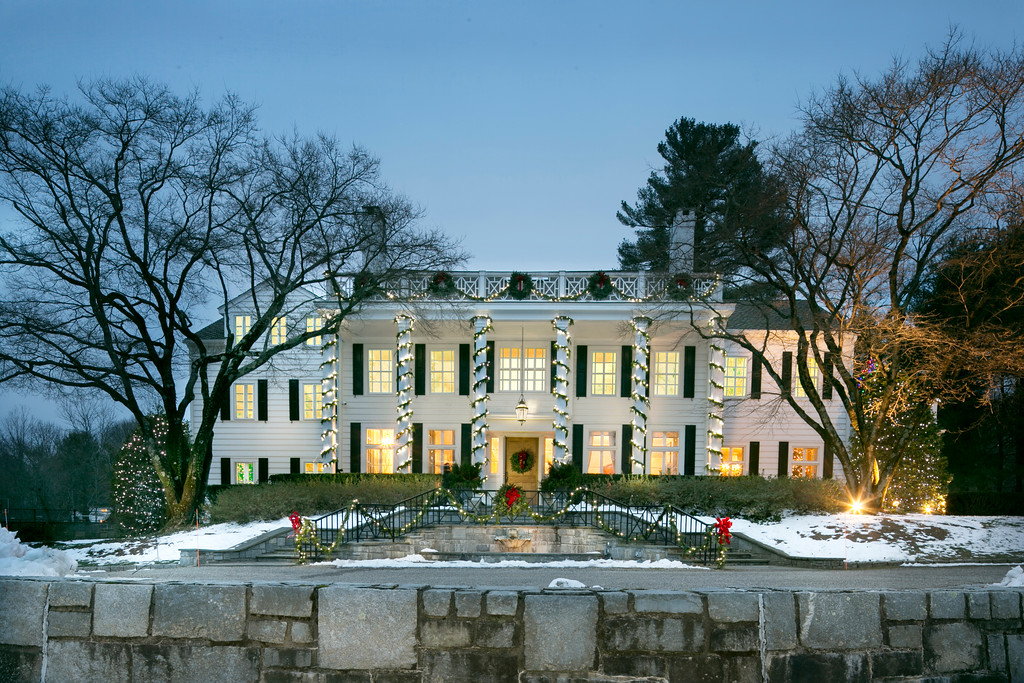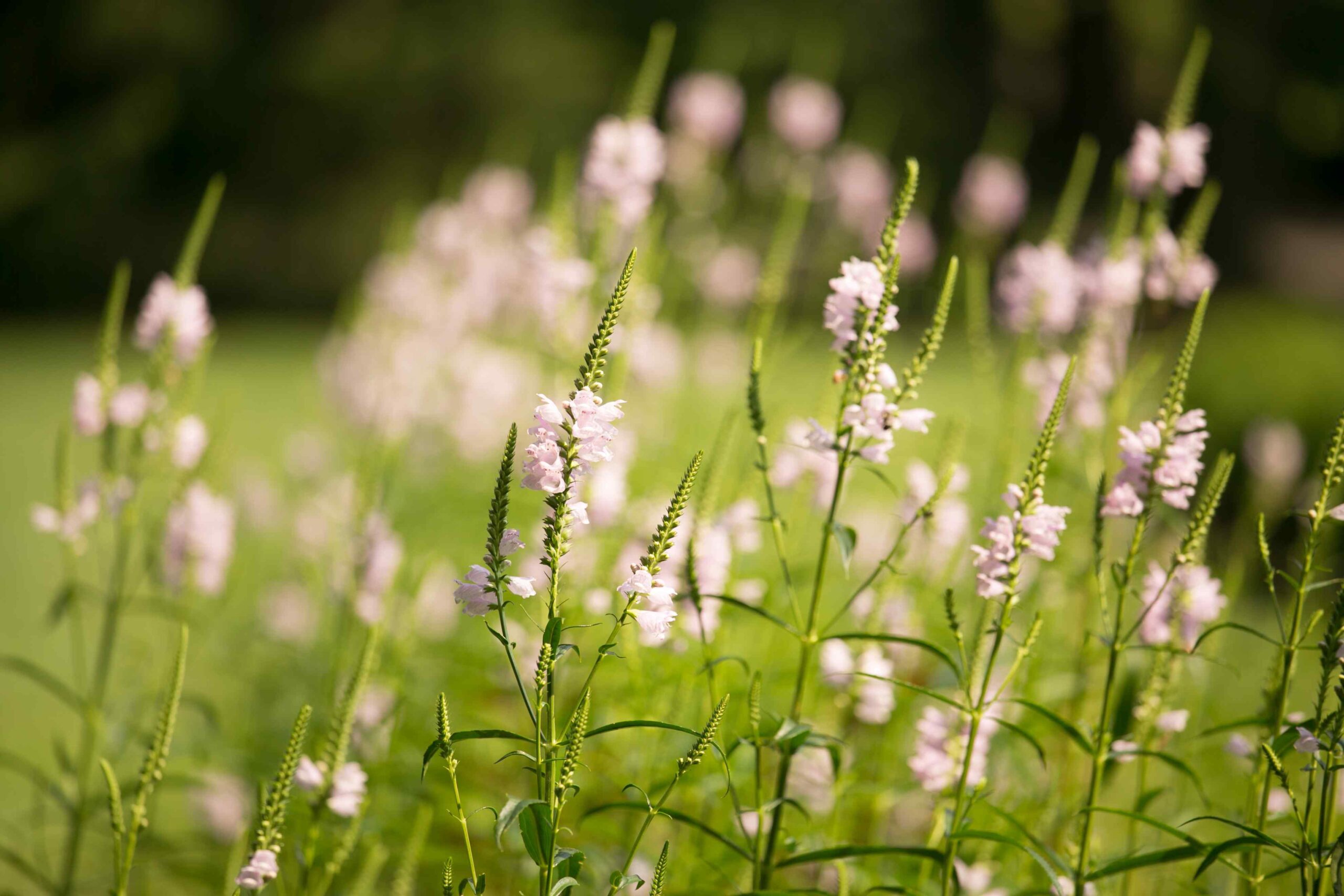
As winter descends, you may think that your landscape is doomed to become dormant and drab with the arrival of the first winter frost, but that doesn’t have to be the case. While it may not boast the colorful blossoms of other seasons, the potential for a striking landscape design in winter does exist.
By harnessing the power of cold weather color, your winter landscape can emerge as a captivating and visually appealing masterpiece.
Challenges of Winter Landscaping
Winter weather brings with it plenty of challenges and your landscaping is no exception. When the chill in the air tells you it’s time to bring out the winter clothes, that’s also a sign it’s time to start preparing your landscape for winter:
- Clear up debris and dead annuals to tidy up your landscape and prevent diseases and pests from overwintering in plant debris.
- Water plants deeply before the ground freezes to ensure that plants enter dormancy well-hydrated.
- Make sure to remove any heavy build-up of mulch against tree trunks and low shrub branches to avoid damage from mice gnawing on the bark.
The first frost may make a previously lush landscape look barren in comparison. However, there are plenty of opportunities to add color and structure to your landscape, making it truly stand out from the monotone backdrop of the winter season.
What is “Cold Weather Color”
Cold weather color is the combination of plants and elements that counteract winter’s tendency to turn everything into muted shades of white or brown. Evergreen foliage, vibrant berries, and even certain types of bark can contribute to a delightful winter landscape display.
Think beyond the traditional mindset of flowers in bloom. While cold weather color does incorporate appropriate colors for the season, it also embraces the subtleties of texture, form, and structure.
No one likes to look at a drab, dormant landscape during the long northeastern winters. Adding cold weather color to your landscape can help lift spirits during winter months, enhance the architectural features of your home, and boost the curb appeal of your property.
5 Tips for Adding Cold Weather Color to a Winter Landscape
Designing a landscape that remains beautiful throughout the winter isn’t as impossible as it may seem. Here are five tips for using cold weather color to enhance your winter landscape.
- Evergreens
Evergreen shrubs and trees play a crucial role in winter landscapes. They are incredibly versatile, coming in a range of colors and textures, and they have the ability to serve as focal points in the landscape throughout the year, not just in winter. It is widely recommended to incorporate evergreens into your landscape design for a well-rounded and visually appealing landscape year-round.
- Colorful Berries
Opt for plants that produce vibrant berries that persist throughout the winter, such as holly or winterberry bushes. You can find plants with berries in a variety of colors, from crimson and orange to yellow and purple. These not only provide a burst of color but also attract birds, creating a lively winter landscape.
- Textural Bark
During the winter, deciduous trees shed their leaves, shifting the focus to their branches and trunks. Trees with distinctive bark become a captivating feature, adding visual interest to the winter landscape. Red Twig Dogwood shrubs and River Birch trees, for example, have unique bark color and texture that can add stunning cold weather color.
- Four Season Perennials
Certain perennials with attractive seed heads or hardy foliage are excellent additions for enhancing your winter landscape. Ornamental grasses, Rudbeckia, and Sage are great for adding cold weather interest. Some plants, such as Hellebores, even bloom in winter and can add a much-needed burst of color.
- Strategic Hardscaping
Hardscaping plays a crucial role in making your landscape attractive during the winter months by providing structure, visual interest, and even functionality. Don’t underestimate the effect that hardscaping elements such as lighting, arbors, pergolas, retaining walls, patios, and firepits can have in a winter landscape.
It’s easy to overlook the potential of your outdoor space in the winter, dismissing it as dormant until the return of warmer days. However, with a little planning and preparation, you can use cold weather color to transform your landscape into a stunning display.
The landscape professionals at LaurelRock can help you embrace the season and create a captivating landscape that you’ll love coming home to – even in the winter!



